Your water purifier’s Reverse Osmosis (RO) membrane is its most critical component, ensuring you receive clean, safe drinking water. This advanced filtration layer is responsible for removing contaminants, excess salts, harmful chemicals, and microorganisms. Over time, however, the RO membrane can degrade or face issues that affect its functionality, leading to poor water quality or even system failure.
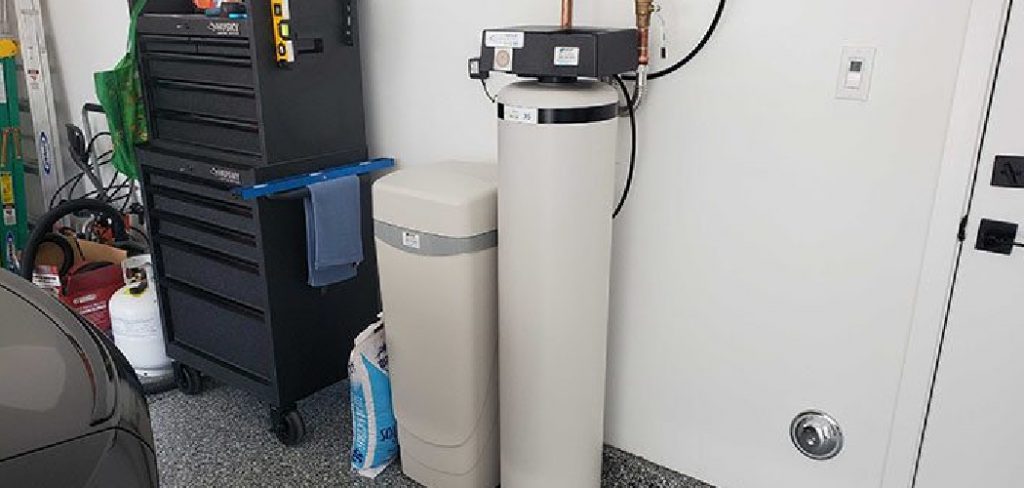
Learning how to fix purifier ro membrane can save time, money, and the hassle of replacing your entire filtration system. This comprehensive guide will walk you through recognizing common RO membrane problems, repairing or replacing the component, and maintaining it to ensure long-lasting performance. With these actionable steps, you can protect your purifier’s efficiency and your family’s health.
Understanding an RO Membrane and Its Function
The RO membrane plays a pivotal role in purifying water, using a semi-permeable surface to filter out impurities. This intricate yet simple technology controls water quality and ensures your purifier delivers the cleanest possible output.
How an RO Membrane Works
When water flows into the purifier, a booster pump applies intense pressure, pushing water through the microscopic pores of the RO membrane. These pores allow only water molecules to pass through while rejecting impurities such as heavy metals, salts, and microorganisms. The rejected contaminants are then expelled as wastewater through a separate outlet.
Key Contaminants Filtered by an RO Membrane
The RO membrane is effective against:
- Dissolved salts may make the water taste brackish.
- Heavy metals like arsenic, lead, and mercury can pose severe health risks.
- Microbial contaminants, such as bacteria and viruses, must be ensured to ensure water is safe for consumption.
- Industrial pollutants, pesticides, and chlorine improve water’s taste and odor.
Why RO Membranes Are Necessary
The RO membrane is indispensable in areas with high Total Dissolved Solids (TDS) or contaminants. For example, homes supplied with hard water or water from borewells can greatly benefit from the advanced filtration that an RO membrane provides. Without it, harmful substances might remain in the water, jeopardizing your health.
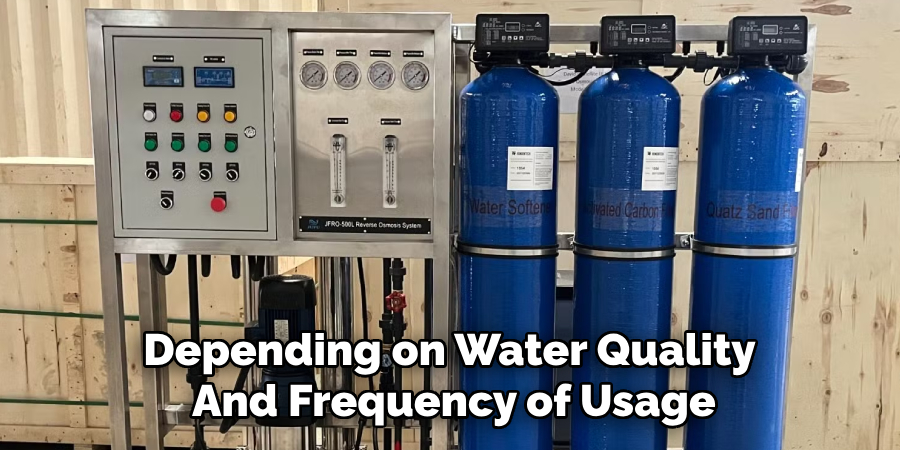
Signs That Your RO Membrane Needs Repair or Replacement
Recognizing early signs of damage can save your purifier from extensive issues. Look out for:
- Reduced Water Flow: If water drips instead of flowing steadily, the membrane may be clogged.
- High TDS Values: Use a TDS meter to check post-filtration water. High TDS readings indicate poor purification.
- Visible Wear on the Membrane: Discolored or damaged membranes often need immediate attention to prevent further issues.
Noticing these problems early allows you to address them efficiently and avoid potential risks.
Tools and Materials Needed for the Repair
Gathering the right tools ensures a smooth repair process without unexpected delays or challenges. Whether you plan to clean or replace the RO membrane, preparation is key.
Essential Tools
- Wrench or Spanner: Opens the membrane housing safely and without damage.
- Screwdriver: Aids in loosening components and securing screws.
- TDS Meter: Measures water quality before and after installation, confirming repair effectiveness.
- Gloves: Ensures hygienic handling, especially when dealing with sensitive components or cleaning chemicals.
Materials You’ll Need
- Replacement RO Membrane: Choose a product compatible with your purifier model.
- Cleaning Solution: Manufacturer-recommended solutions effectively dissolve sediment buildup.
- Sealant Tape or O-rings: Helps secure connections and prevents leaks.
- Clean Water Basin: Required for rinsing and soaking the membrane.
Having these items ready allows uninterrupted repairs and ensures you achieve a professional result.
How to Fix Purifier RO Membrane: Step-by-step Guide
Checking the Water Flow and Pressure
Begin by testing the water flow from your purifier’s faucet. Reduced water flow or a weak stream often signals clogs within the RO membrane. Attach a pressure gauge to check input pressure—most RO membranes require optimal pressure (40–60 PSI) for efficient filtration.
Using a TDS Meter to Test Purity
Measure the TDS levels of your purified water. A functioning RO membrane should yield TDS readings significantly lower than unfiltered water. Consistently higher values signal a failing or clogged membrane requiring attention.
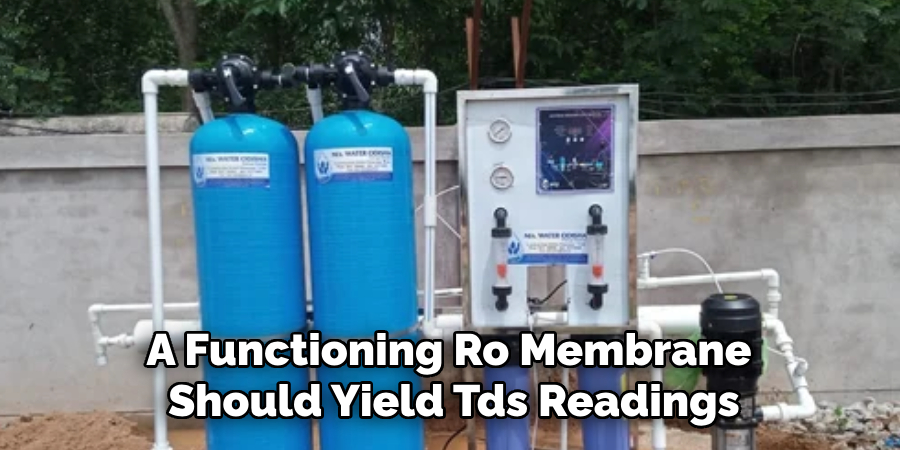
Inspecting the RO Membrane Housing
Carefully unscrew the housing unit to access the membrane. Examine it for visible signs of dirt, discoloration, or physical damage such as cracks. Also, inspect the casing to ensure that the membrane is securely seated without any misalignments.
Testing Related Components—Pre and Post Filters
Clogged pre-filters reduce water pressure reaching the RO membrane, while malfunctioning post-filters can compromise the output quality. Examine both for blockages or damage and replace them if necessary to restore functionality.
How to Fix a Malfunctioning RO Membrane
Cleaning the Membrane for Extended Use
A clogged membrane doesn’t always require replacement. Cleaning can often restore its performance. Here’s how:
- Remove the Membrane: Unplug your purifier and carefully open the housing to extract the membrane.
- Prepare Cleaning Solution: Dilute a commercial cleaning agent as per the instructions.
- Clean Gently: Submerge the membrane in the cleaning solution for the recommended time. Use a soft brush to remove stubborn deposits.
- Rinse Completely: Ensure no chemical residue remains by thoroughly rinsing the membrane with clean water.
Replacing a Damaged Membrane
If the membrane is worn or cleaning doesn’t improve its performance, replace it with a new one:
- Turn Off Water and Electricity: Ensure the purifier is completely disengaged for safety.
- Dispose Safely: Remove the old membrane and dispose of it according to your area’s waste management regulations.
- Install the New Membrane: Align the replacement correctly within the housing. Tighten connections but avoid excess force to prevent damage.
- Test the System: Turn the purifier back on and test water flow and TDS levels to confirm the repair’s success.
Choosing the Right RO Membrane
Always use an RO membrane that matches the specifications of your system. For example, a low-capacity (50–75 GPD) membrane is suitable for household systems, while industrial units may require higher capacities.
Preventive Maintenance Tips for RO Membranes
Preventive care minimizes the risk of recurring problems and prolongs the membrane’s life.
- Replace Pre-filters Every 6–12 Months: These filters protect the RO membrane from larger particles and sediments.
- Regularly Flush the RO Unit: Most systems include an auto-flushing feature; use it to clear contaminants.
- Clean Annually: Even if there are no visible issues, an annual cleaning ensures membrane longevity and optimal performance.
Adopting these practices ensures reliable water quality and reduces the likelihood of costly replacements.
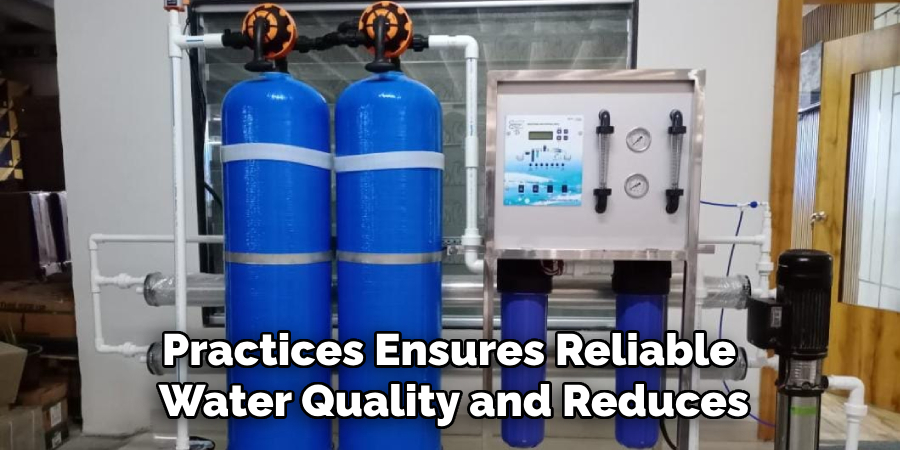
Common Mistakes to Avoid During the Repair Process
- Skipping the TDS and Pressure Checks: Testing is critical for verifying the actual problem.
- Using Incorrect Cleaning Solutions: Harsh chemicals or unsuitable cleaners can damage the membrane irreparably.
- Over-tightening Connectors: Excessive force can crack the RO housing or misalign the membrane.
Taking extra care during repairs prevents unnecessary complications that could compromise your purifier’s efficiency.
When to Seek Professional Help
Some situations are best resolved by experts. For example:
- Internal Mechanical Failures: If electrical components or the booster pump are faulty, professional servicing is advisable.
- Persistent Issues After Repair: If water quality remains poor even after cleaning or replacing the membrane, a technician can diagnose underlying causes.
Professional help ensures accurate solutions, protecting your purifier from further problems.
Importance of Maintaining a Healthy RO Membrane
Proper care of your RO membrane ensures consistent water purification and avoids frequent repairs. A well-maintained membrane not only improves water quality but also reduces operational costs over time by minimizing unnecessary replacements. For instance, regularly replacing pre-filters could extend an RO membrane’s life span significantly.
Users who practice preventive maintenance often notice fewer interruptions and better financial savings in the long run.
Frequently Asked Questions
How Often Should I Replace My RO Membrane?
The replacement frequency of an RO membrane depends on usage and water quality. Typically, it should be replaced every 2-3 years, but high sediment levels or hard water may necessitate more frequent changes.
What Are Signs That My RO Membrane Needs Replacement?
Signs include a significant drop in water flow, noticeable changes in water taste, or higher total dissolved solids (TDS) in the output water. Regular testing can help detect these issues early.
Can I Clean My RO Membrane Instead Of Replacing It?
While cleaning an RO membrane may improve performance temporarily, it is not a long-term solution. Regular replacement is necessary to maintain optimal filtration efficiency.
Is It Necessary To Replace Pre-Filters Frequently?
Yes, pre-filters should be replaced every 6-12 months to prevent sediment and chlorine from damaging the RO membrane and affecting its lifespan.
How Can I Ensure My RO System Operates Efficiently?
Regular maintenance, including timely filter replacements and monitoring water quality, is key. Follow the manufacturer’s guidelines to keep your system functioning effectively.
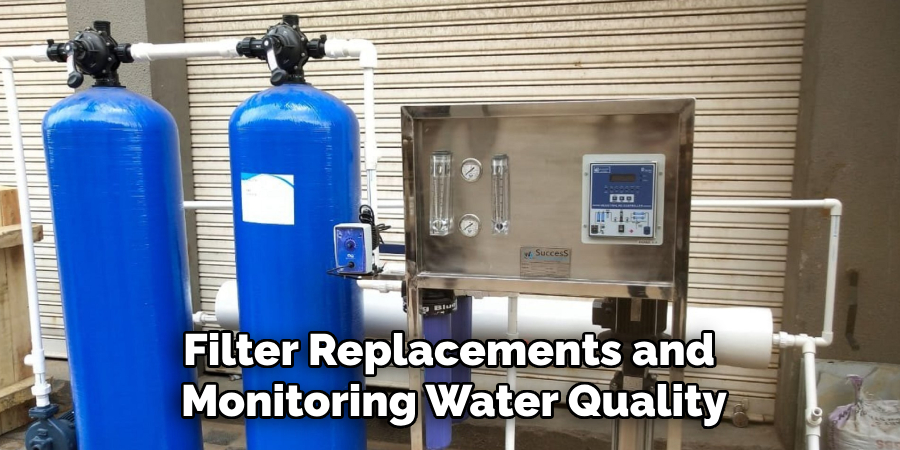
Conclusion
Understanding how to fix purifier ro membrane is essential for seamless purifier operation. From diagnosing flow and TDS issues to repairing or replacing the membrane, these steps help keep your system efficient and your water clean. With regular maintenance and early problem resolution, you can ensure your RO membrane works effectively for years. Proper care of this key component not only guarantees healthier water for your family but also saves money and effort in the long term.
